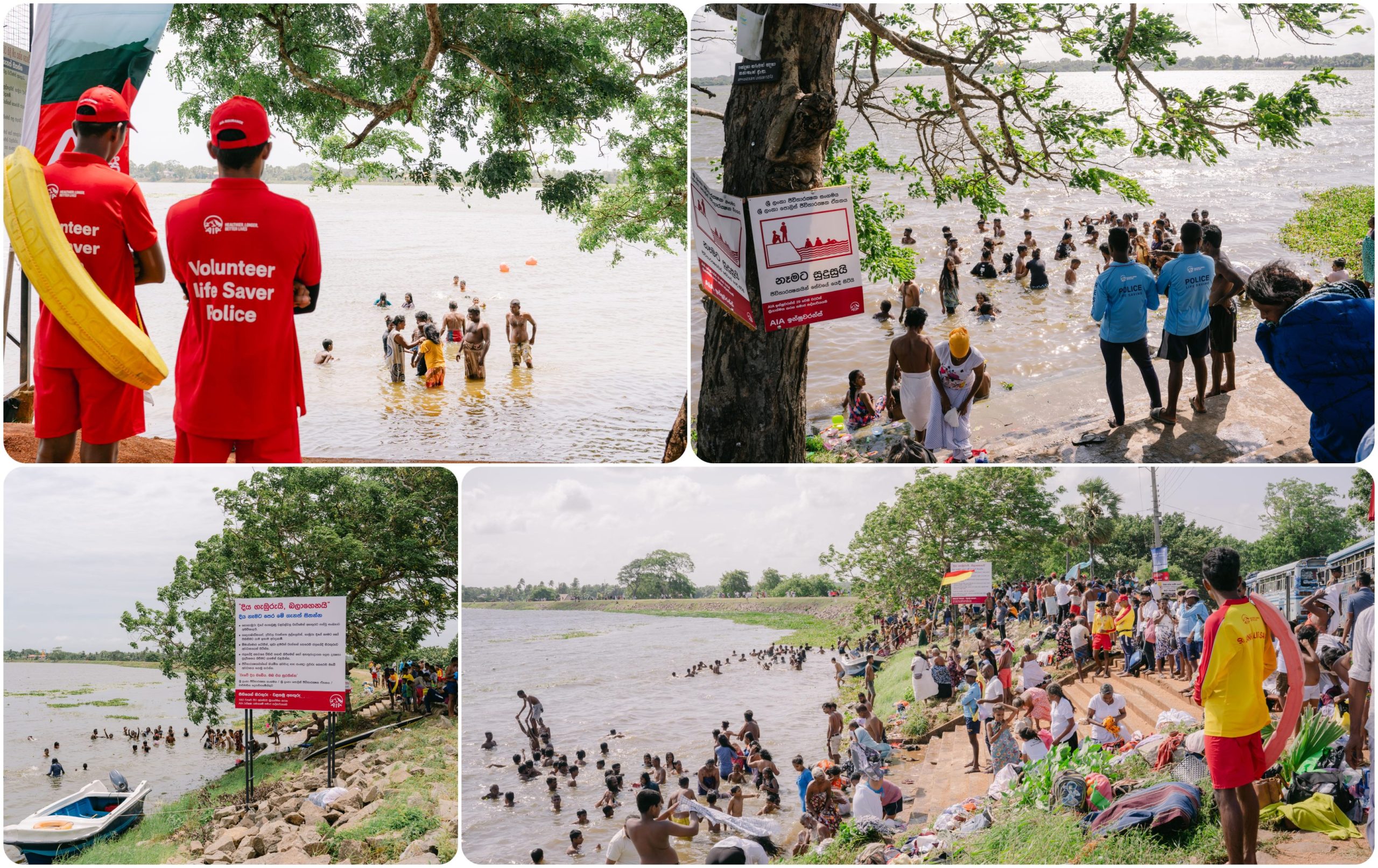Ledlie Prize recognizes work culminating in the SARS-CoV-2 vaccine.
As lab retreat days go, this one wasn’t extraordinary, at least not at first. The 60 members of the Barouch lab at Beth Israel Deaconess Medical Center (BIDMC) gathered at Boston’s Museum of Science on Jan. 10, 2020, to look back at the year just finished and plan for the one ahead. The talk touched on reports of pneumonia that had arisen in Wuhan, China, infecting about 40 people and killing one. What worried lab leader Dan Barouch were accounts of possible asymptomatic transmission.
“While mild illness seems to be a good thing, it increases the chance that, through people who are asymptomatic, it might spread easily,” said Barouch, Harvard Medical School’s William Bosworth Castle Professor of Medicine and head of BIDMC’s Center for Virology and Vaccine Research. “That’s the recipe for a pandemic.”
It would turn out to be just that. Hours later, Chinese researchers released the virus’ genome sequence to researchers around the world, setting Barouch and his lab on a grueling sprint that would culminate in an effective vaccine for COVID-19 developed by Johnson & Johnson and one of three granted emergency use authorization in the U.S. For that achievement, Harvard has awarded Barouch the coveted George Ledlie Prize. Last bestowed in 2017, the prize is given no more frequently than every two years to a member of the Harvard community who has, “since the last awarding of the said prize, by research, discovery, or otherwise, made the most valuable contribution to science, or in any way for the benefit of mankind.”
“Dan is a superstar,” said Harvard Provost Alan M. Garber. “We have such a long history of developing not only new therapies but new ways of thinking about basic human biology. Dan’s work shows how you go from basic discoveries and laboratory innovations to developing an effective widely used health intervention.”
The project was accomplished at the relatively breakneck speed of about 13 months. But the lab and Barouche were already well prepared. A few years earlier, members had had promising results from three Zika vaccines they rapidly developed during the 2015-2016 outbreak. Zika’s spontaneous waning, while good news for public health, meant clinical trials beyond phase 1 weren’t possible, but the candidate vaccine was ready to go should the contagion re-emerge.
There was also an HIV vaccine in clinical trials. That was the result of more than a decade of work, including the initial task of developing the vaccine “platform”: a neutered cold virus called Ad26 that, while not infectious, worked as a vehicle to carry manufactured DNA into the body bearing instructions on how to fight microbial invaders. The years of toil had resulted in a disease-fighting tool that could pivot to meet different public health threats by changing the DNA instructions it carried. And, though work was stalled on Zika, it was progressing on vaccines for HIV, tuberculosis, Dengue fever, influenza, and West Nile virus.
Garber said the foundational work Barouch did early in his career, when his research was focused on HIV, led to the development of the Ad26 vaccine platform. Developed for the work on HIV and tested on both HIV and Zika, the vector was ready when SARS-CoV-2 emerged.
-Harvard Gazette


